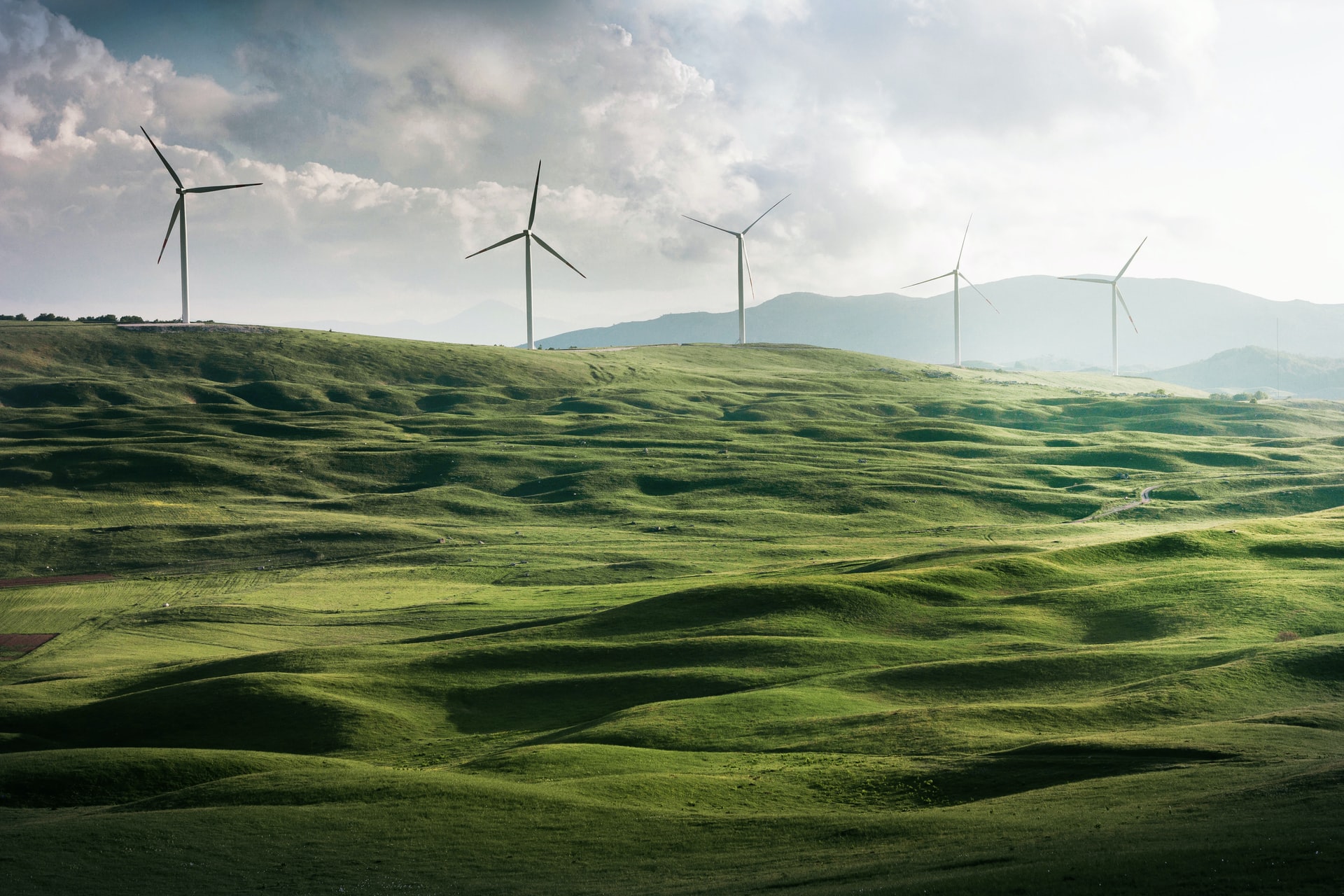In China, local governments are having to choose between building renewable energy facilities or expanding farmland, as there is not enough available land for both industries, Bloomberg reported.
The PRC’s plans to become carbon neutral by 2060 have incentivized regional governments to allow many large-scale renewable energy (RES) projects.
At the same time, the pandemic and the climate crisis have exposed food security challenges in a nation of more than 1.4 billion people. There is relatively little good arable land in China, with large tracts of fertile soil already swallowed up by growing cities.
In May 2022, the PRC Ministry of Water Resources banned solar and wind projects on some rivers, lakes, and reservoirs as part of environmental protection and flood control measures.
Another project intends to ban the creation of new solar projects on cultivated land or in forests. The initiative is being considered by the Ministry of Natural Resources of China and two other government agencies.
In some regions, local authorities have already curtailed existing renewable energy facilities. A 1-gigawatt floating solar power plant was partially dismantled in Jiangsu province after building it was deemed illegal.
According to Bloomberg experts, the struggle for land may encourage the creators of renewable energy projects to integrate their systems into agricultural enterprises, mounting solar panels and wind turbines on the roofs of greenhouses, barns, and other buildings.
Another strategy is to send renewable energy projects to mountainous and desert regions with no suitable land for agriculture or to place stations in areas unsuitable for farming, such as abandoned coal mines.
China is already building solar and wind installations with 100 gigawatts, most of which are located in deserts. By 2030, it will create another 450 gigawatts of renewable energy capacity.

